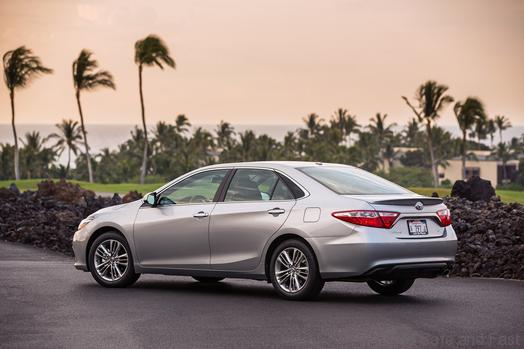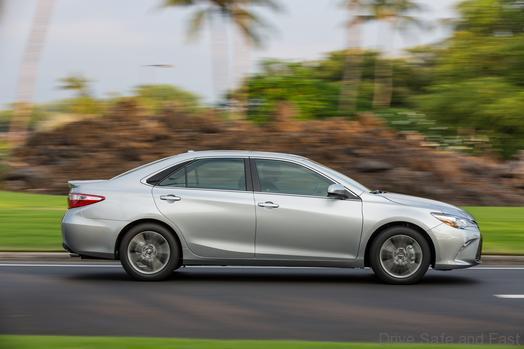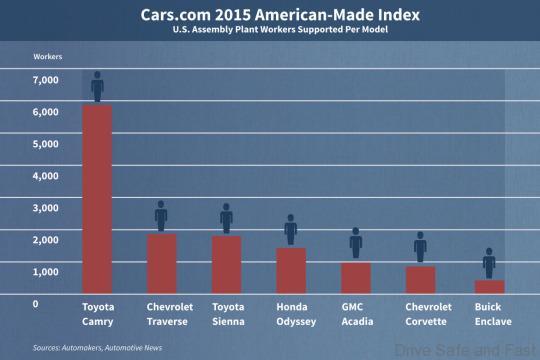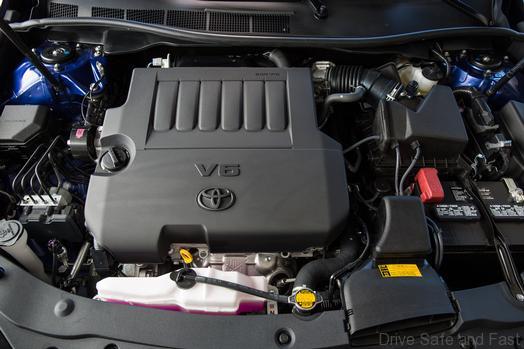We always see the terms “CKD” and “CBU” to describe the cars we import, but rarely can we say that a foreign manufacturer has any dedicated facilities for manufacturing an entire car, through and through. The fact that our most localised cars apart from local brands are effectively imported also means that we rarely have the chance to say a car is Malaysian made.
America is no different in that respect. With the production of cars becoming more and more global to improve efficiency and reduce costs, it’s hard to say how much of a car is made locally. And one of the ironies is that as a result of that, the most American-Made car this year is the United States Domestic Market Toyota Camry. In order to qualify for this, the car in question needs to have over 75% of it’s components made locally- much like our requirements for CKD classification.
Despite how you may view the Japanese in their relatively guarded, sober ways, they are some of the most interesting companies to watch when it comes to globalization. Both Toyota and Honda have a very strong belief that they must approach each country with a localized perspective in order to succeed.
It’s for that reason that both Toyota customers and Toyota workers alike have great respect for the brand. The United States was one of the more difficult countries to make ground in, with their strong nationalistic sentiment and preference for “American-made” cars. With that understanding, Toyota quickly got to work on producing locally- not merely assembling, but manufacturing a whole car from the ground up.
Toyota’s understanding of the supply chain and optimizing it was also much more effective than other manufacturers at the time. While more conservative and generally less agile that Honda, they have similar respect and requirements for quality, and are not unwilling to put their production line to a stop to rectify and issue. The dedication to quality is what made them some of the most reliable cars in the American market, and why the Camry was the best selling model for over a decade.
To interpret this graph, you need to understand how a car is produced. It’s not merely the employees on the assembly floor tightening bolts who contribute to the manufacturing of a car, but the people who produce components that are going onto the line as well. As mentioned before, most companies look towards globalisation in order to reduce parts cost, but Toyota prefers to do things locally and in house.
With their manufacturing facilities stateside producing parts for the Camry, this means that not only is the Camry using more American parts, they are also employing more American workers to build each Camry. And with statistics like that, it’s hard to argue that the Camry is an imported car at all.









